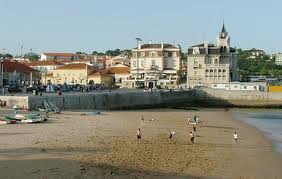For this year's holiday we went to Spain, Portugal and Morocco. Three countries with almost the same climate but very different cultures and traditions. The holiday began in Madrid - we arrived there on 30th September, Friday about noon and were taken to the hotel by the Cosmos people. The Hotel is in the suburbs and quite decent, though we had to pay through our nose for the Internet! The following are some pictures from the first few days we were in Madrid - mostly taken with my Iphone, so may not be too good.
 |
| Hotel Praga where we stayed |
There is a beautiful park a few metres behind the hotel, we discovered and for the next few days took our evening walks there.
It's a large park, with a river running in between and since the evenings are warm and balmy we notice that many families go there - either to exercise or relax.
The tour proper only began on 2nd October and our first trip was a tour of Madrid - the palace, some monuments, museums etc and later in the afternoon we were taken to the ancient city of Toledo, famous for its steel and sword making. Toledo had at one time been captured by the Arabs and turned into a fort, so there is a very high wall around most of the city, surrounded by a river. We watched the making of jewellery - mostly made of platinum, steel and silver as well as the making of daggers and swords at one of the small workshops there.
 |
| Park behind the hotel |
Plaza Major, is one of the main squares in Madrid, very popular with tourists and locals alike, with restaurants and lots of souvenir shops. Since there is a bus that goes there directly from the hotel, it was one of the first places we visited upon arrival. We spent hours there, just walking and admiring the scenery - very European with a main square surrounded by small shops and restaurants. We had lunch at one of the many outdoor cafe - seafood paella - very Spanish indeed! We sat outside and watched the world go by - so our first day in Madrid was spent there!
 |
| Repin at Plaza Major |





















